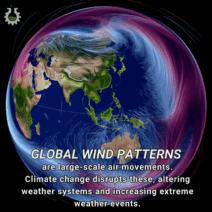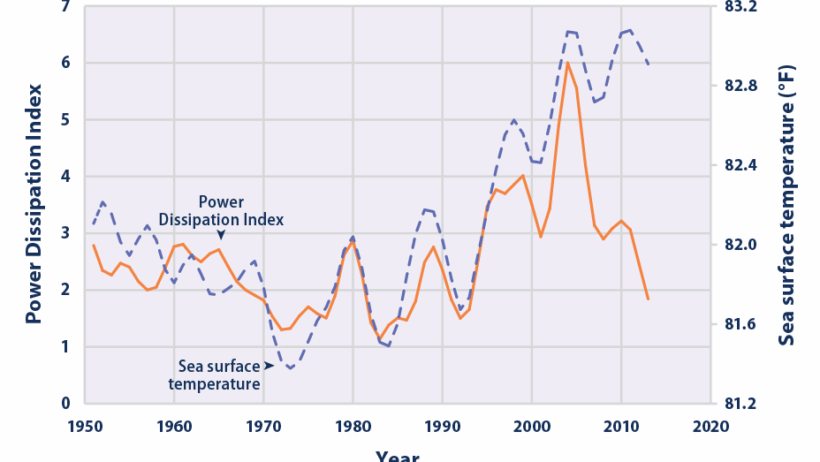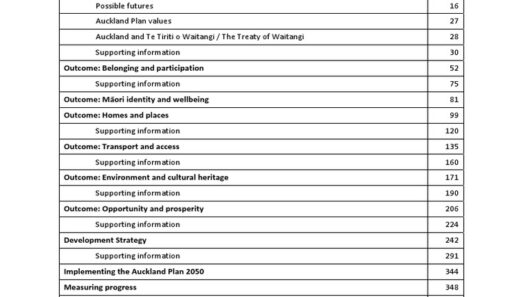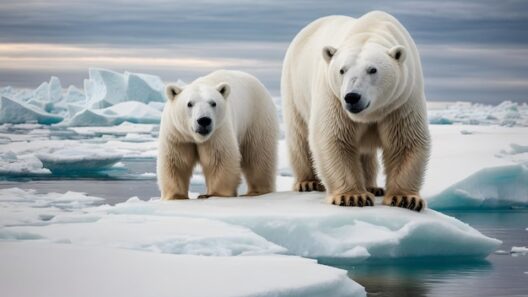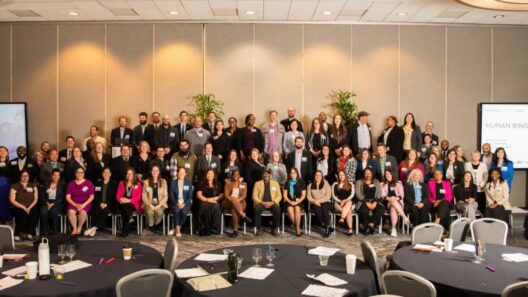Typhoons Unleashed: Global Warming’s Grip on Tropical Storms
The world is undergoing a transformation, one dictated not only by time but by a relentless force—the force of climate change. When discussing severe weather phenomena, typhoons (or hurricanes, depending on their location) are often among the most catastrophic. These powerful storms are not merely elements of nature; they are harbingers of climate disruption, amplified by human-induced global warming.
As we immerse ourselves in the realm of these tempestuous manifestations, it is imperative to understand the intricate relationship between typhoons and the burgeoning crisis of climate change. Over the past few decades, scientists have observed a notable increase in the intensity and frequency of tropical storms. This alarming trend compels us to examine the underlying mechanisms driving these tumultuous shifts.
To comprehend the potency of typhoons, one must first grasp their genesis. Typhoons originate over warm ocean waters, typically when ocean surface temperatures exceed 26.5 degrees Celsius. This exceeds the minimum threshold necessary for their formation. As warm, moist air rises from the ocean surface, it meets cooler air above, leading to condensation and the release of latent heat. This process drives the storm’s development, a complex interplay of thermodynamics and fluid dynamics that exemplifies nature’s intricate workings.
However, human activities, particularly the burning of fossil fuels and deforestation, have dramatically altered the planet’s climate equilibrium. The resultant greenhouse gas emissions trap heat in the Earth’s atmosphere, leading to an upward shift in global temperatures. Consequently, ocean temperatures rise—a phenomenon that serves not only as a breeding ground for typhoons but also as a catalyst for their intensification.
Research indicates that storms like typhoons are becoming more destructive. The increased heat in the oceans leads to more moisture in the atmosphere, fueling storms with an almost insatiable hunger for energy. This transformation manifests itself through increased wind speeds, heavier rainfall, and heightened storm surges. The consequences are dire—coastal communities are increasingly vulnerable, with devastation often leaving lasting scars on infrastructure, ecosystems, and human lives.
One of the most compelling aspects of this narrative lies in the paradox of our technological advancements. With advancements in meteorological technology, scientists can now predict storms with greater fidelity. Yet, while the forecasting models have improved, they also reveal a stark reality: these storms are becoming less predictable and more erratic in their behavior. This unpredictability poses an additional layer of risk, making it challenging for communities to prepare adequately.
Furthermore, the socio-economic ramifications of intensified typhoons are profound. As storms grow in ferocity, the cost of recovery escalates. Nations face mounting financial burdens, particularly those less equipped to rebound from such catastrophes. In developing regions, the repercussions ripple through economies, undermining progress and exacerbating inequality. This exemplifies how climate change is not merely an environmental issue; it is also a matter of social justice.
However, it is critical to approach this subject with an eye not just on despair but also on action. The conversation around typhoons and climate change must shift from one of helplessness to one of empowerment. Collective efforts to address climate change are gaining traction globally. From renewable energy initiatives to policy reforms aimed at reducing carbon footprints, a myriad of strategies offers hope.
Moreover, the adaptation strategies employed by various communities can serve as blueprints for others. Coastal cities are exploring innovative solutions such as building barriers, restoring wetlands, and redesigning urban landscapes to better withstand storm surges. This proactive approach invites a shift in perspective—where despair is replaced with resilience and adaptability.
The phenomenon of typhoons also invites an exploration of the broader ecosystem. As the planet warms, the interconnectedness of various ecological systems becomes pronounced. Changes in ocean temperature not only impact storm systems but also affect marine biodiversity, disrupt fishing industries, and alter migratory patterns of wildlife. Understanding these relationships is crucial for fostering both sustainable practices and greater awareness of the environmental challenges we face.
A key aspect of this evolution is education. An informed population is better equipped to advocate for sustainable policies and practices. Educational initiatives focusing on climate change, environmental stewardship, and disaster preparedness can cultivate a generation that is attuned to the complexities of their environment, fostering a sense of responsibility toward future generations.
Ultimately, confronting the reality of intensified typhoons demands a holistic approach—one that encompasses scientific understanding, innovative adaptation, and a commitment to sustainability. As global temperatures continue to rise, the narrative surrounding typhoons will inevitably change, dictating the terms under which humanity will interact with nature.
In conclusion, the grip of global warming on tropical storms such as typhoons is an urgent clarion call. It beckons us to reassess our relationship with the environment and each other. While the omnipresent threat of these ferocious storms is daunting, it also serves as an impetus for collective action. Solutions are within reach, and curiosity about climate dynamics can lead to systemic change. The dialogue around typhoons is not merely a chronicle of chaos; it is also one of possibility, urging us to harness resilience in the face of adversity.
